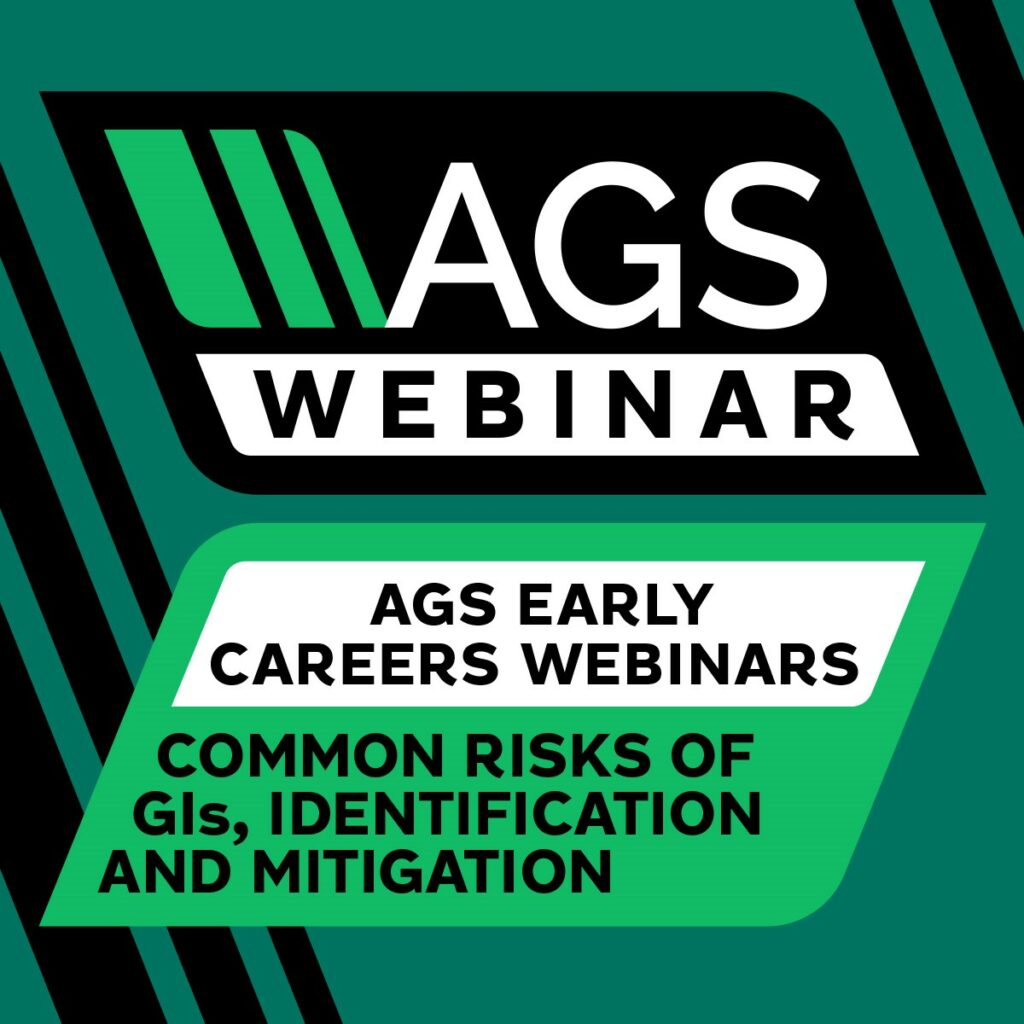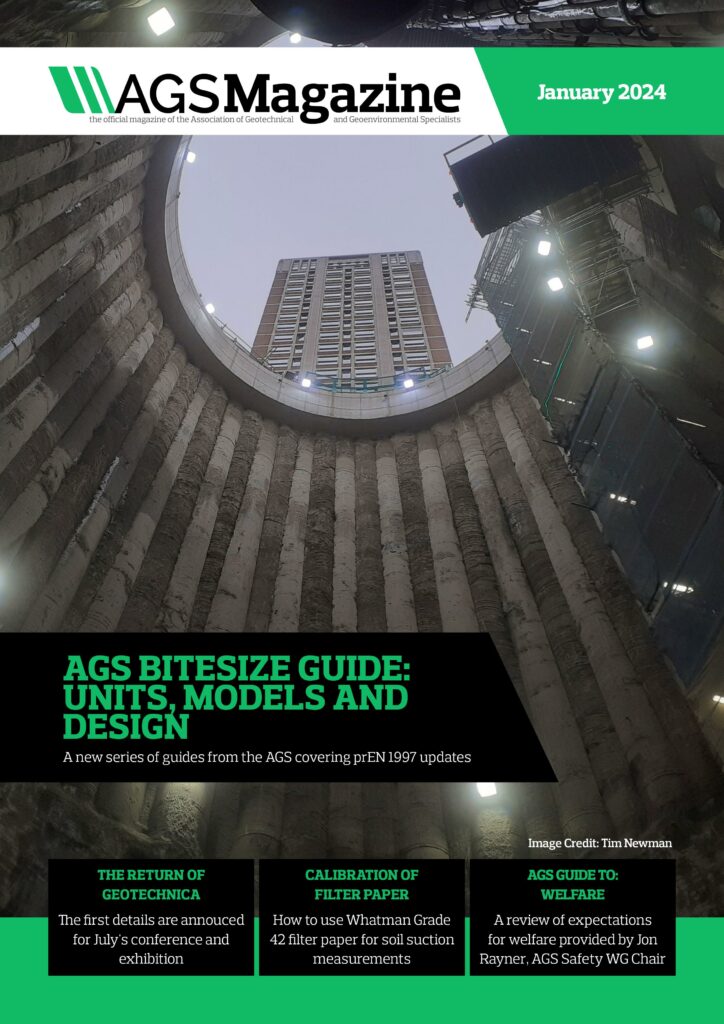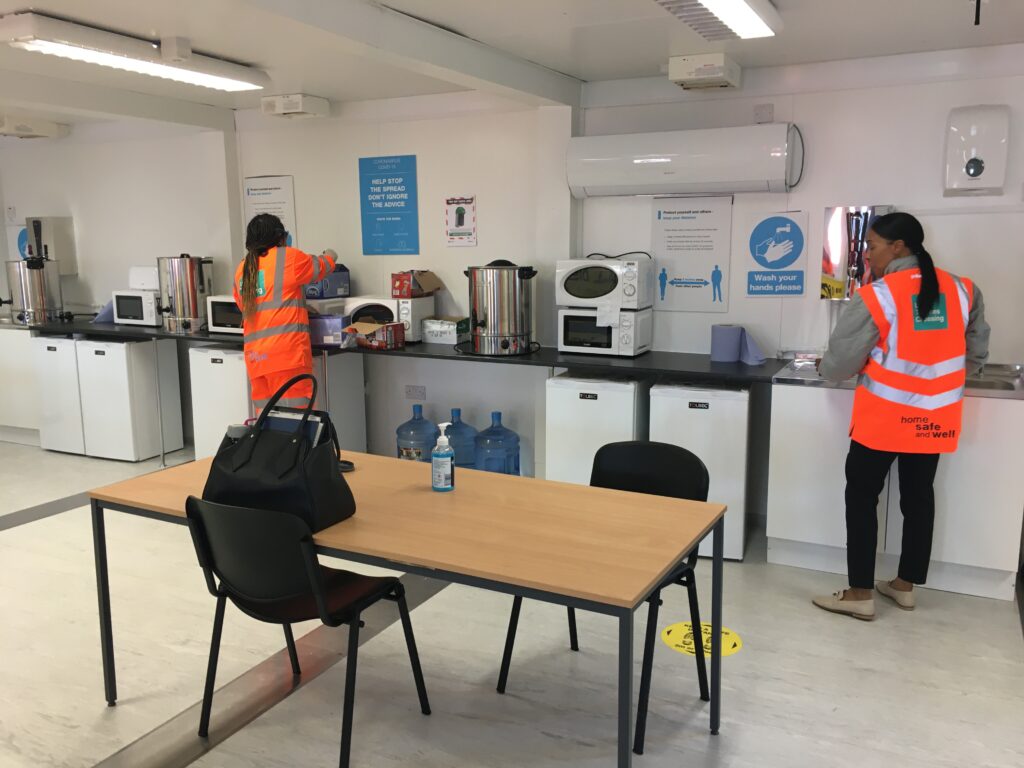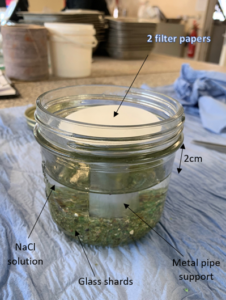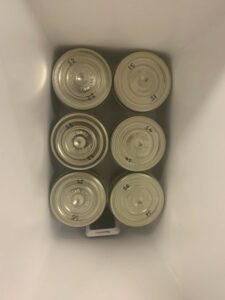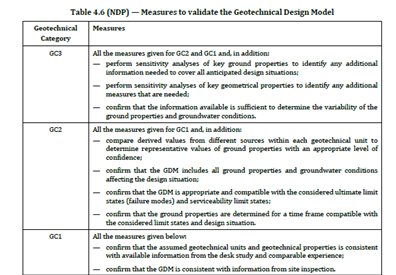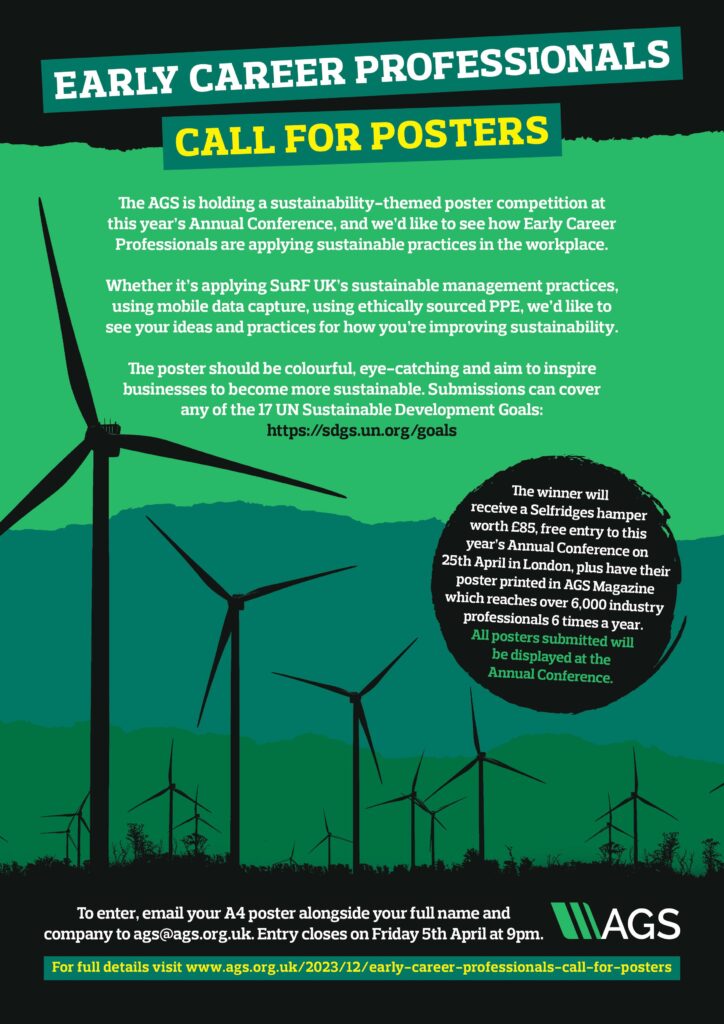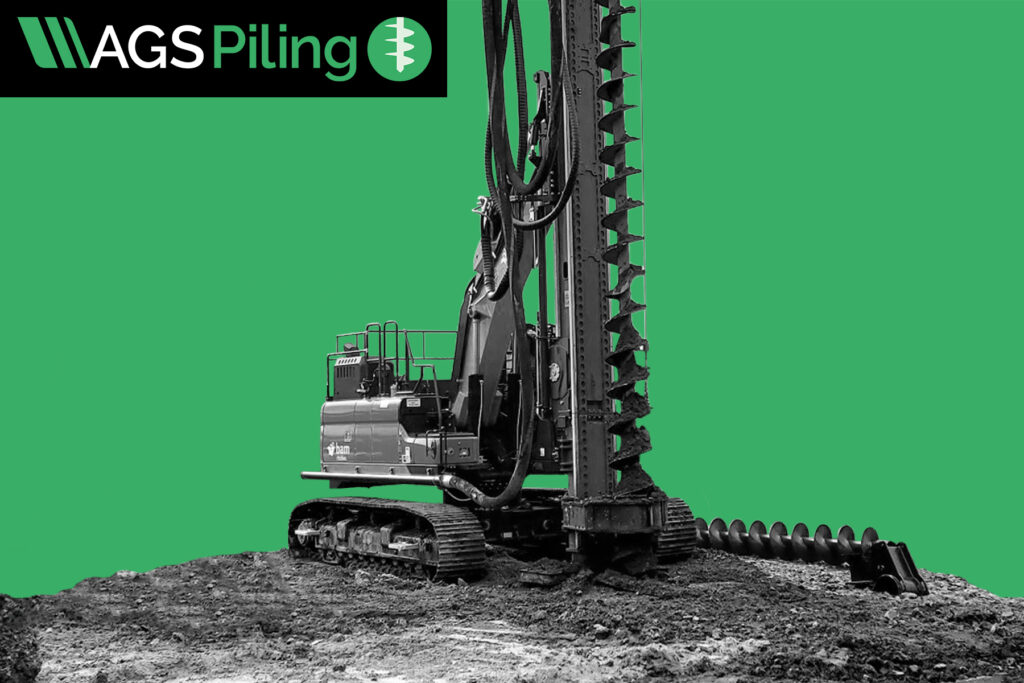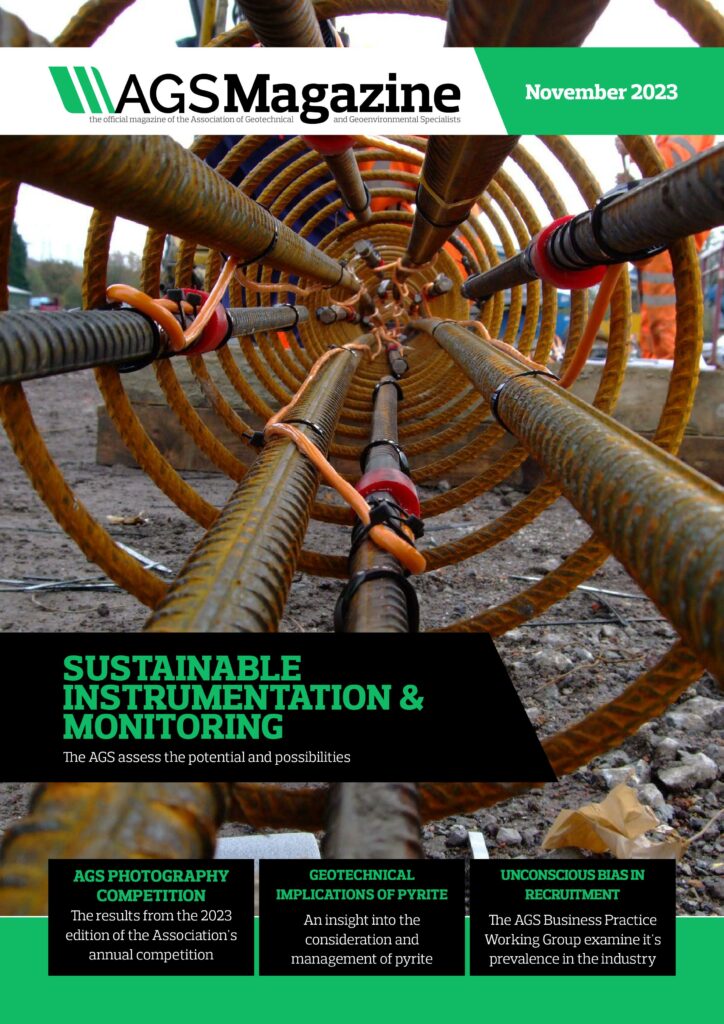Name: Peter Widdowson
Job title: Director Business Development
Company name: Igne Group Limited
What does the company do and what areas does it specialise in?
Igne is the new brand for six combining businesses which share a group history of 350 years’ service in site investigation, materials testing, unexploded ordnance threat mitigation, water well drilling, geothermal borehole drilling and geo-environmental consultancy.
We know our collective services must be delivered more effectively and sustainably than ever which is why the businesses have fused together to respond more efficiently to our customers in the pre-construction and construction phase environments.
Our vision is to become the most trusted tier-one partner for environmentally sustainable site investigation and drilling services across the entire construction and infrastructure lifecycle in built environments throughout the UK.
Any single part of Igne can respond to customers’ needs in each of our specialist areas, simplifying the process for clients and consistently ensuring the provision of the same level of service and expertise.
Where is Igne located?
Igne has offices in Aberdeen, Airdrie, and Hamilton in Scotland; Preston, Chester le Street, Birmingham, Aylesbury and Gillingham in England; and Presteigne in Wales. Our head office is Ross on Wye, a beautiful part of Herefordshire.
How many people does the company employ?
We employ circa 300 full time staff and rely on many exceptional contract staff who support us when we need to call on them.
How long have you worked at Igne?
I joined Igne in a brand-new role for the company in June 2023 (so 6 months and happily counting.)
What is your career background, and what enticed you to work for Igne?
I am a professional Civil Engineer and a member of the Institution of Civil Engineers. My background has been in tier 1 and 2 civil engineering and building construction contracting, working across Scotland principally, but also supporting businesses in the North of England, around Manchester and Warrington.
Over the last 10 years, my roles have focused more on business development and work winning.
When the opportunity came to join Igne ahead of its official launch on 2nd October 2023, I was really excited for a variety of reasons. Firstly, I would be able to expand my own knowledge across a number of new sectors. I was most commonly on the receiving end of site investigation reports – now I would get to promote best practice in site investigation for clients.
Secondly, I would be able to start working more directly in an area that I believe is one of the future solutions to decarbonising heat in the UK, harnessing geothermal energy.
Finally, I would be able to start practising what I have always preached; that the greatest risk to any construction project lies in the ground. Understanding the ground conditions early on can help project teams understand the hazards and provide mitigation solutions to problems that can otherwise cause severe delay, disruption and additional costs to a project.
At Igne, I now represent a business that gets its hands dirty, so to speak, and does the work that I know is critical for a project’s success. We are one of the specialist contractors, and consultants, who will lead with the advice and intelligence that we can provide, backed by the expertise that we have, to ensure our clients’ successes.
What is your current role within Igne and what does a typical day entail?
There are several threads to my role within Igne as I support each of our business units and service streams.
I led on the communication to all current and previous customers relating to our change to becoming Igne from 2nd October 2023. Some parts of the now-combined business had incredibly well-established names and were known by many as the ‘go to’ supplier for their work. Changing the brand to Igne is significant but has been well-supported by all involved. The communication piece was critical to tie up all loose ends.
My key role day-to-day is to support each business to identify and secure the opportunity to negotiate and tender for future work. We need to share our broad capabilities with our current customers who may know us primarily for one service – such as UXO or site investigation – but not realise we can now offer them so much more.
We need to understand our customers and future customers and the markets in which they operate, so that we can continually improve for each individual customer. My role looks at how we deliver today but also how we might deliver tomorrow in partnerships and alliances or through acquisitions.
I truly believe, with a passion, that we can help all clients, whether they are developers, consultants, contractors or individual homeowners, to understand their project better to reduce cost, stay on programme, improve safety, reduce environmental and ecological impact and carbon intensity, and the demand on natural resources. It is my role to communicate that passion to our future customers and show them what we can do for them.
What are the company’s core values?
Our purpose is to enable sustainable communities and advance positive change. We do this through our values:
Reliability: Whatever the job, we focus on what matters, do things the right way and deliver real results. Dependable, positive and hugely knowledgeable, we provide skills and experience that people can rely on.
Partnership: We work in partnership with clients and stakeholders to find answers and reach shared goals. We build long-term relationships by being open, transparent and easy to work with. We are full of practical ideas that people can put into action.
Quality: We are dedicated to our work and passionate about quality. We set high standards and work hard every day to meet and advance them. We speak up, act with integrity and offer honest advice people can trust.
Are there any projects or achievements which Igne is particularly proud to have been a part of?
Delivering sonic drilling solutions to site investigation challenges in remote and inhospitable parts of beautiful Scotland, whilst also working in environmentally sensitive locations without damaging precious flora and fauna.
This demonstrates our core values in action:
Reliability, we can get the job done no matter the challenges we may need to overcome.
Quality, we deliver the highest quality works maintaining sensitivity to the environment or communities within which we are operating.
Partnership, to work with our client to determine the best way and best value option to deliver the information they need.
Another example is clearing unexploded ordnance from a 5-hectare area of the Dorset coast for the National Trust. The area had been badly damaged by and exposed several hundred items of live and inert ammunition. We cleared this former training area, rendering it safe for public access once again.
How important is sustainability within the company?
Incredibly important – sustainability is at the heart of our purpose and is our vision. In everything that we do today, we are thinking about tomorrow. It is the very purpose of our business, to provide the data to inform our customers about the most sustainable way to develop their project.
It is also important to us that we continually improve how we go about achieving this, to minimise our own impact. For example, as we transitioned to become Igne, all our old PPE was recycled with 0% going to landfill. This ensured we reduced CO2 emissions by 13kg per 1kg recycled – and we reduced water consumption by 1litre per 1kg recycled as the old workwear become new garments.
How does Igne support graduates and early career professionals who are entering the industry?
Our CEO, Rob Hunter, is committed to advancing social mobility and does a lot of work in a voluntary capacity to advance the cause. Therefore, it is unsurprising that Igne has an acute focus on developing early talent at the heart of its workforce plan.
We have various routes to support young people entering the industries and specialisms we span. We have graduate and apprentice routes into roles such as engineers, geologists, administrators, marketers, HR professionals, drilling crews and many more.
We go into colleges and universities to teach and help young people understand what the industry is like. We don’t sugar-coat what life can be like as a driller for example, but for the right people, it is a hugely rewarding career.
We do need to improve how we communicate the available careers to young people, to get them interested in what we do at Igne and in the wider industry. If we can do this successfully, it will help us to stem the recruitment and people-resource issues that we face. Attracting the right people in the first place, and nurturing their talent is the route to a more sustainable workforce solution. It is a core company focus for us.
How has COVID-19 impacted Igne today? Are there any policies which were made during the pandemic that have been kept to improve employee wellbeing and productivity?
Yes, absolutely. The flexibility we developed across the businesses, which was generated as a result of COVID-19 and the ways of working that we had to adopt, has demonstrated that a hybrid working practice is both possible, in appropriate circumstances, and beneficial to employee wellbeing and therefore productivity.
Our move to hybrid has helped us reduce our carbon footprint through reduced commuting, and our employees continue to demonstrate their commitment to the business reciprocating the trust the business puts it them.
Why do you feel the AGS is important to the industry?
I am a firm believer that the ground holds the greatest risk to any construction project no matter how large or small. It is a constant source of challenge whether through geotechnical ground conditions, historic uses, contamination or protecting sensitive receptors. If everybody worked in isolation, we would not deliver the results we need to develop our industry. We must work collaboratively, share best practice and allow ourselves to learn from each other for the good of the planet, our employees and the communities in which we work – and we must enjoy a collective voice. For me, AGS helps to facilitate the foregoing across our industry, so, it is a ‘no-brainer’ – AGS is critically important to our industry.
What are Igne’s future ambitions?
Our ambition is to consolidate the capabilities from across the group, to enable us to deliver more than the sum of our parts through shared learning and commitment to delivering a holistic and integrated service for our customers. We are also committed to continuing to grow our capabilities in the direction led by our customers’ needs. This is what excites me the most. In doing so, we will become the most trusted partner to the construction industry, providing pre- and post-construction services they can absolutely rely upon.
